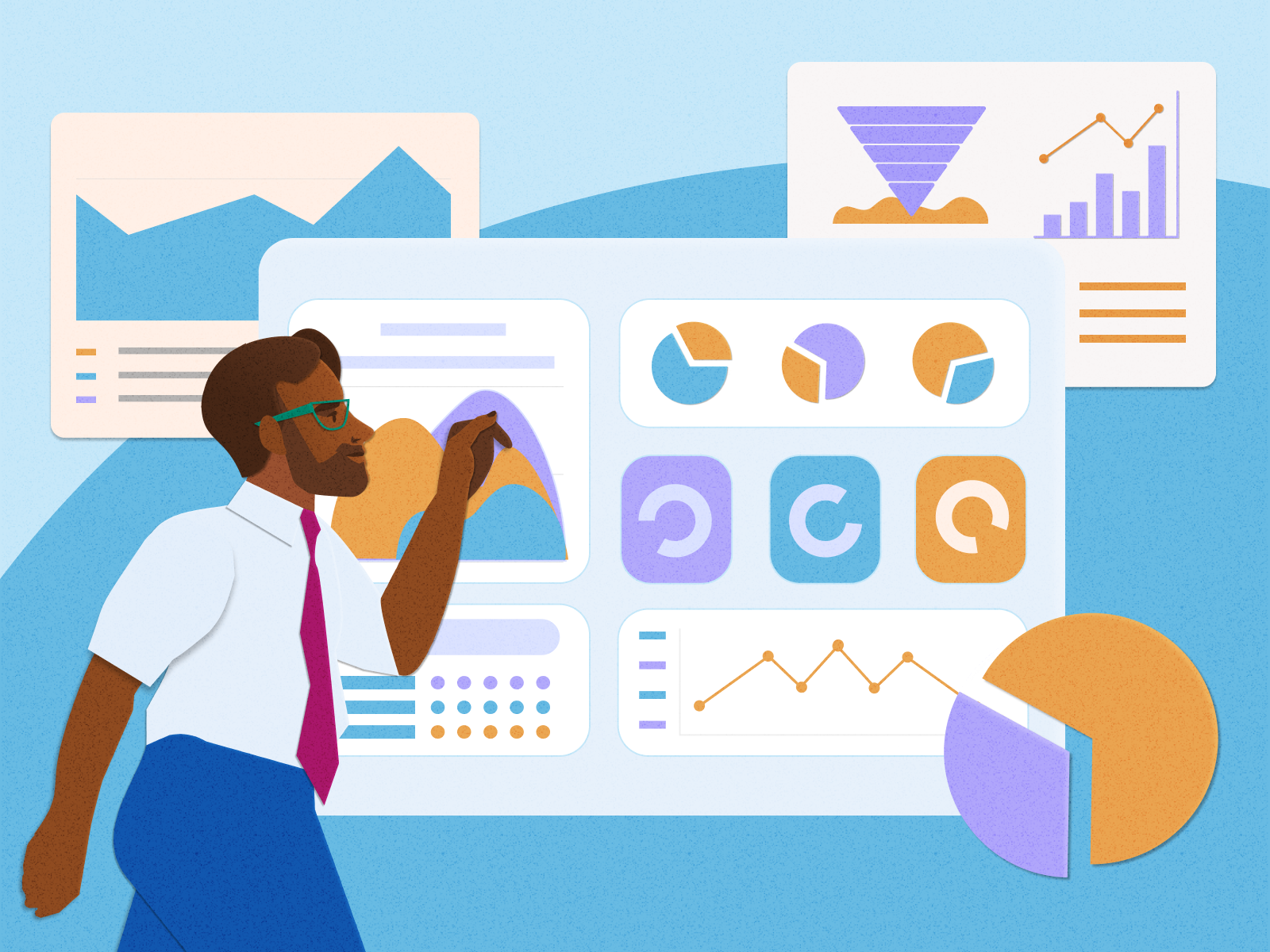Reporting tools are software applications that facilitate the process of data analysis and reporting. They provide a user-friendly interface for importing and manipulating data, as well as generating visualizations and reports.
There are several benefits to using reporting tools for data analysis:
1. Efficiency: Reporting tools allow for faster and more efficient data analysis. They can automatically collect, organize, and analyze large amounts of data, saving time and effort compared to manual analysis. To know more about reporting tools then visit Agency dashboards.

Image Source: Google
2. Accuracy: Reporting tools provide accurate and reliable data analysis. They use advanced algorithms and techniques to ensure that the analysis is precise and free from human error.
3. Visualization: Reporting tools offer visual representations of data analysis, such as charts, graphs, and dashboards. These visualizations make it easier to understand and interpret the data, allowing for more effective decision-making.
4. Collaboration: Reporting tools enable collaboration among team members. Multiple users can access and share the same data analysis, making it easier to work together and share insights.
5. Customization: Reporting tools allow for customization, so users can create reports and analyses that meet their specific needs. They can choose the data, parameters, and visualizations that are most relevant to their goals and objectives.
6. Real-time insights: Reporting tools can provide real-time data analysis, allowing users to monitor and track important metrics and KPIs in real time. This enables quick identification of trends, patterns, and anomalies, leading to timely actions and improvements.
7. Data integration: Reporting tools can integrate with various data sources, such as databases, spreadsheets, and business applications, allowing for seamless data analysis across different systems. This ensures that all relevant data is included in the analysis, providing a comprehensive view of the business.
8. Data security: Reporting tools often have built-in security features to protect sensitive data. They offer user authentication, data encryption, and access controls to ensure that only authorized users can access and analyze the data.